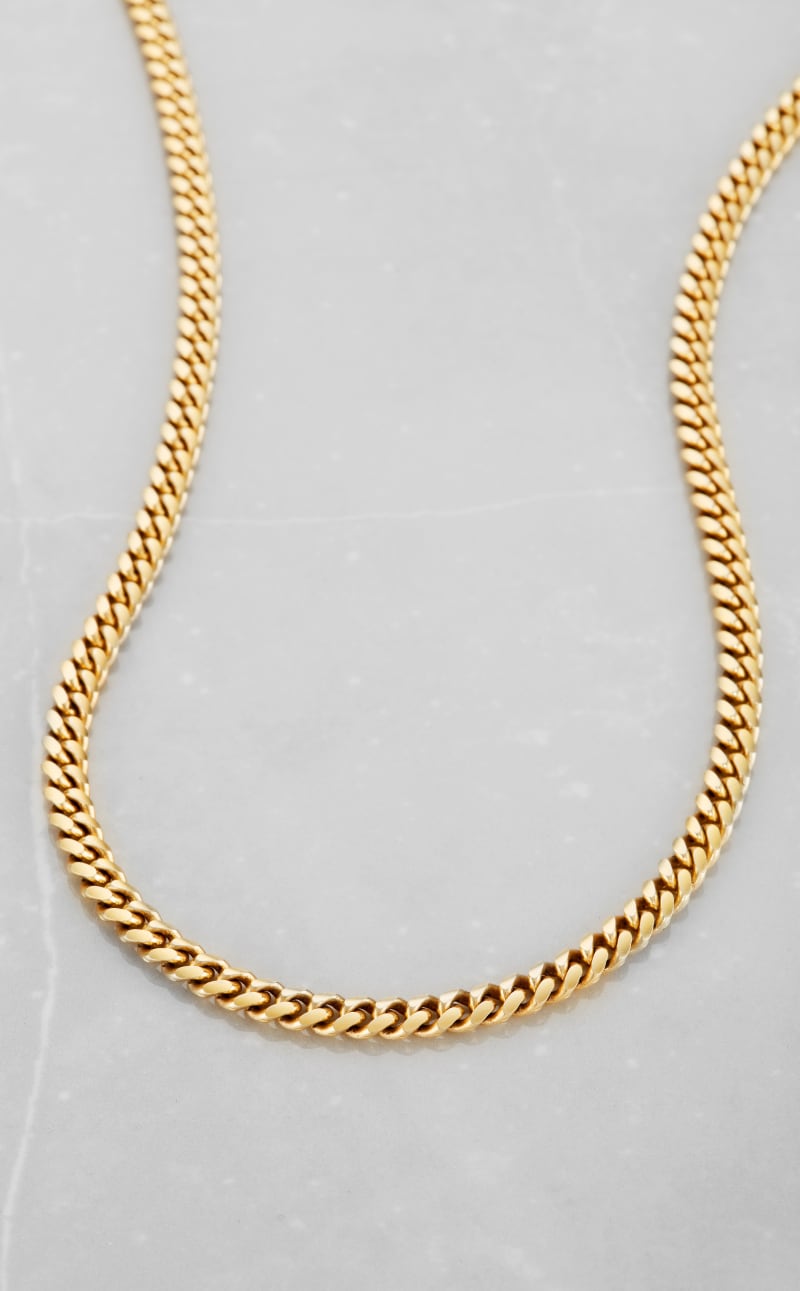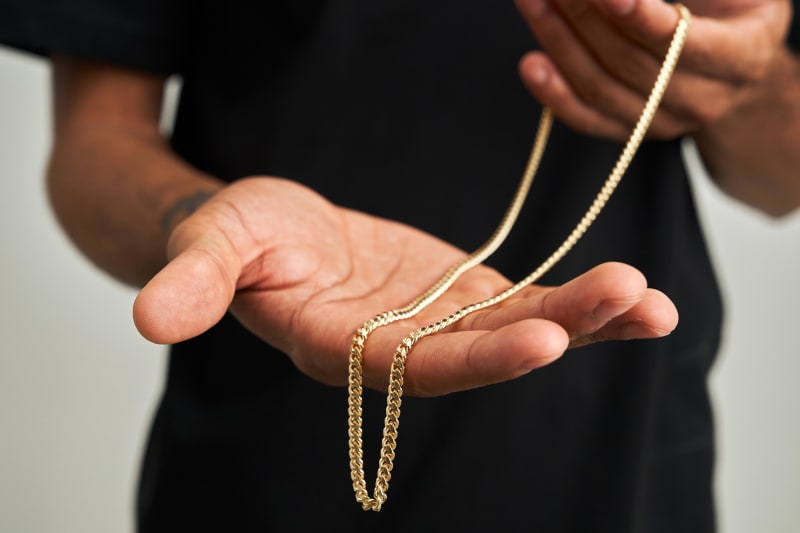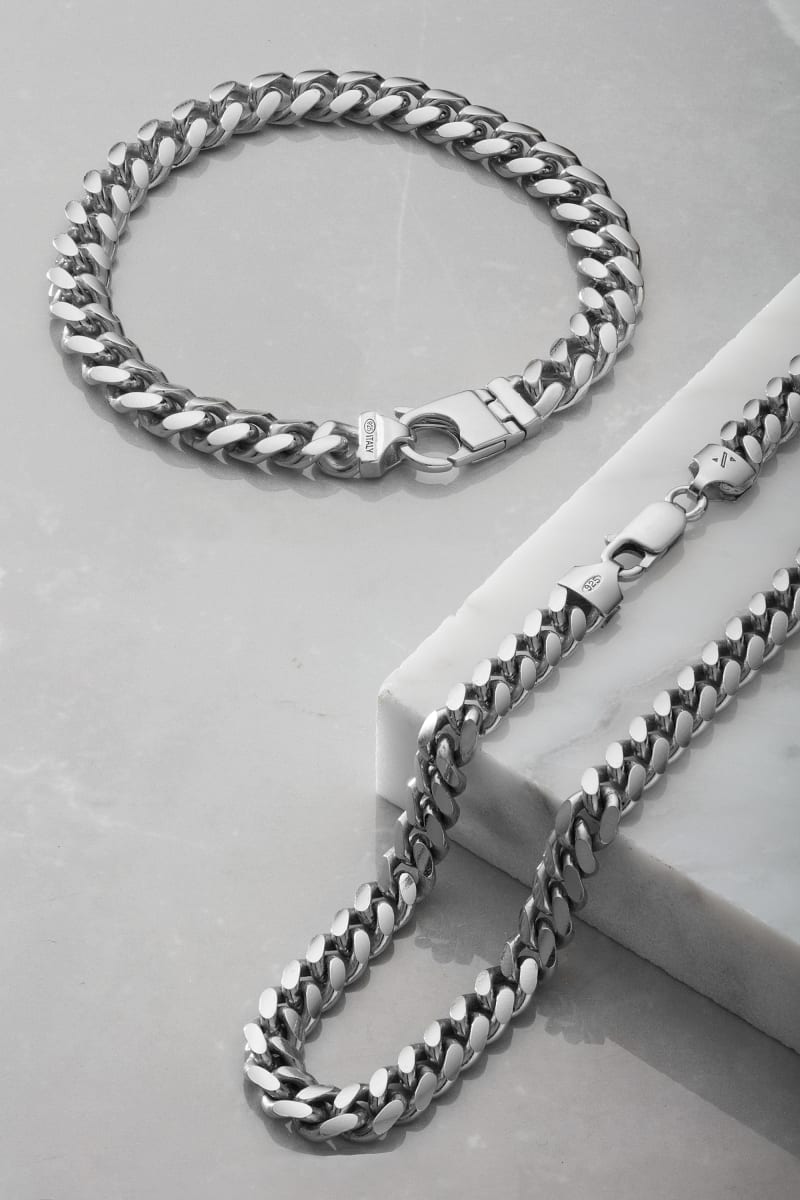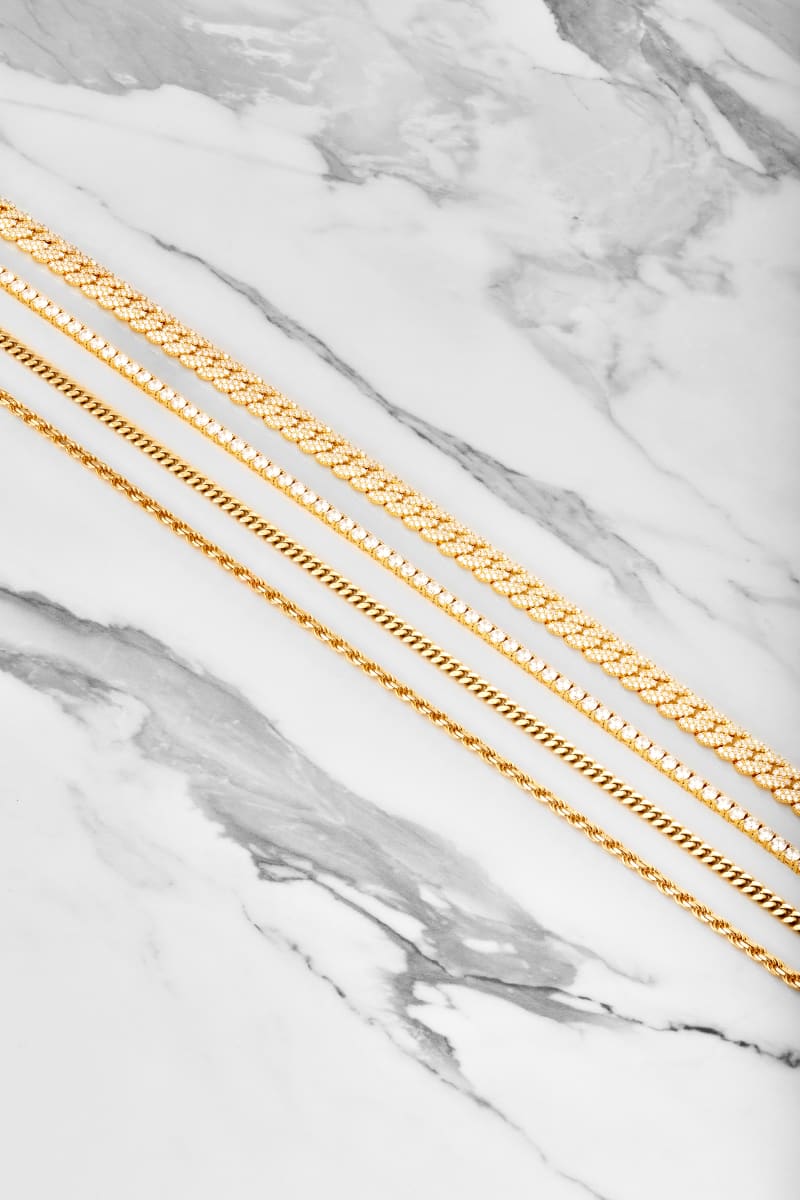Gold and platinum have always held a special place in the hearts of jewelry lovers worldwide. From their composition and durability to their color and value, each metal possesses unique qualities that make it truly special. By gaining a deeper understanding of these captivating precious metal types, you'll feel empowered to make an informed decision between platinum vs. gold that reflects your personal style and preferences. Join us on this journey to uncover the enchanting world of platinum vs. gold and unravel the secrets hidden within their shimmering depths.
Composition and Purity
Gold, symbolized by its chemical symbol Au (derived from the Latin word "aurum"), holds a special allure as one of the most precious metals. With an atomic number of 79, pure gold is highly valued for its rarity and innate beauty. Different fine gold types such as yellow gold or rose gold can be used in an engagement ring, wedding ring, or in other fine jewelry. However, in its pure form, gold is too soft to withstand the demands of jewelry, which is why pure gold is often mixed with other metals to enhance its strength and durability. The purity of this precious metal is measured in karats (kt), with 24kt representing the highest level of purity. Popular gold alloys include 18kt (75% gold), 14kt (58.3% gold), and 10kt (41.7% gold), with the remaining percentage composed of metals like silver, copper, and zinc.
Platinum, with its atomic number 78 and chemical symbol Pt, is a durable metal that possesses its own unique charm. This dense and lustrous metal is celebrated for its exceptional durability and resistance to tarnish. This is why a platinum ring can be used for a wedding ring, engagement ring, or other fine jewelry. When it comes to crafting platinum jewelry, higher levels of purity are often used compared to fine gold alloys. The most common platinum alloys are labeled as 950 and 900 platinum, denoting that they consist of 95% and 90% pure platinum, respectively, with the remaining percentage made up of metals like iridium, palladium, or ruthenium. These high levels of purity contribute to platinum's renowned strength, making it a preferred choice for intricate jewelry and platinum ring designs that demand both elegance and longevity.
Durability and Strength
With its radiant beauty, gold has a unique quality that makes it stand out among other metals: its softness. This softness allows gold to be easily shaped and crafted into intricate fine gold jewelry designs. However, this softness does come with some trade-offs, especially when it comes to durability. While gold is waterproof, pure gold is prone to scratches and dents, which makes it less ideal for everyday wear. That's why lower karat gold jewelry and gold-finished jewelry like our Cuban Link Earrings, which are men’s gold earrings that incorporate alloy metals, are often preferred as it increases strength and improves their ability to withstand daily use. While the durability of gold can vary based on the karats, it still requires proper care to preserve its shine and prevent any potential damage.
On the flip side, let's talk about platinum—a durable metal that fashion-savvy individuals can't help but admire. Platinum is known for its exceptional density and hardness, making it a tough contender in the jewelry world. Being one of the densest metals used in jewelry, it's no wonder that platinum boasts robustness and remarkable resistance to wear and tear. It's the go-to choice for engagement rings and other pieces that are meant to stand the test of time. The strength of platinum means fewer scratches and less damage, giving you peace of mind knowing that your jewelry can handle the demands of daily wear. And it's not just external forces that platinum handles like a champ—it also ensures the secure setting of precious gemstones, protecting their brilliance and ensuring they last.
When considering the durability and strength of gold and platinum, weighing the pros and cons is important. Gold's malleability allows for intricate designs but requires extra care to avoid damage. On the other hand, platinum's density and hardness offer remarkable durability and longevity, making it the preferred choice for those seeking jewelry that can handle everyday use.
Color And Appearance
When it comes to gold and platinum jewelry, color and appearance are major factors that catch the eye of fashion-forward individuals. Gold's natural yellow hue is a classic attribute that adds to its appeal. Plus, the availability of various gold alloys opens up a wide range of color options, like yellow gold, rose gold, and white gold, as seen in this White Gold Cuban Link Chain and different types of gold chains, giving jewelry enthusiasts even more choices to suit their personal style. On the other hand, platinum steals the spotlight with its captivating natural white color, setting it apart from the warm tones of gold. However, it's worth noting that white gold, which is alloyed with metals like nickel or palladium, may require periodic maintenance to keep its white appearance intact. Finally, platinum typically comes at a higher price point than gold which may be another deciding factor.
Allergies
Allergies and skin sensitivity are important considerations for jewelry wearers. While some individuals may experience allergies or skin reactions to gold, the availability of hypoallergenic gold ring options provides a solution. On the other hand, platinum's hypoallergenic properties make it an ideal choice for those with sensitive skin, ensuring both style and comfort.
Ultimately, it all comes down to what resonates with you: the timeless elegance of gold or the everlasting beauty of platinum. Whichever metal you choose, both hold incredible power to embody love, status, and your personal style. So, dive into the captivating world of platinum vs. gold, and let their radiant presence be your perfect companion on your journey of self-expression and adornment. It's time to embrace these metals' magic and create a fashion story that speaks volumes about who you are.




